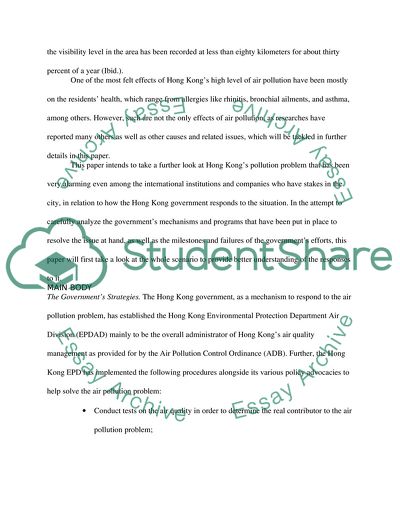Cite this document
(“Hong Kong Government dealing with Pollution problems Essay”, n.d.)
Retrieved from https://studentshare.org/miscellaneous/1561242-hong-kong-government-dealing-with-pollution-problems
Retrieved from https://studentshare.org/miscellaneous/1561242-hong-kong-government-dealing-with-pollution-problems
(Hong Kong Government Dealing With Pollution Problems Essay)
https://studentshare.org/miscellaneous/1561242-hong-kong-government-dealing-with-pollution-problems.
https://studentshare.org/miscellaneous/1561242-hong-kong-government-dealing-with-pollution-problems.
“Hong Kong Government Dealing With Pollution Problems Essay”, n.d. https://studentshare.org/miscellaneous/1561242-hong-kong-government-dealing-with-pollution-problems.


